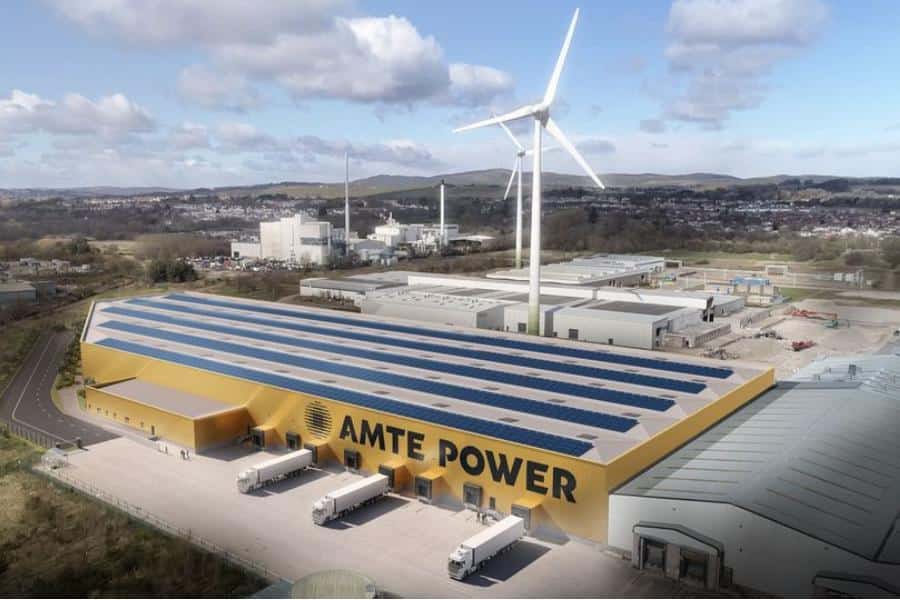
A simulator created by researchers at the Imperial College of London, UK, could help design rotor blades for the next generation of Martian helicopters. NASA’s recent Ingenuity Mars Helicopter demonstrated that flight on Mars is technically possible, so engineers are now seeking new ways to create even better helicopters that can fly farther and higher with heavier payloads, as reported by the Imperial College of London, UK, in a press release.
Though they are considered planetary siblings, Earth and Mars’ atmospheres are radically different, with Mars‘ atmosphere being around 100 times thinner than Earth‘s. This presents scientists with unique challenges in designing helicopters that can generate enough lift to take off in “air” that is less dense with higher wind speeds.
Japanese wind tunnel
Now, engineers at Imperial have created a virtual wind tunnel simulator that recreates Mars’ atmospheric conditions to test helicopter blade designs. By comparing their results with those from the real-life Mars Wind Tunnel in Tohoku University, Japan, they found that their simulations recreated true Martian conditions with a much higher degree of accuracy than previously possible. “Our simulator will help to design fundamentally new blades that will perform efficiently on Mars,” says Lidia Carós Roca, Department of Aeronautics.
Lidia Carós Roca, a PhD student from the Department of Aeronautics, lead author of the group’s research paper, said: “The Martian atmosphere has a very low density – the air is as thin as the Earth’s atmosphere at very high altitudes. “Conventional blades have benefited from over 100 years of aeronautical design experience. However, the low density and low speed of sound on Mars present a flight regime unlike anything encountered on Earth, making such blades inefficient for Martian flight. Our simulator will help to design fundamentally new blades that will perform efficiently on Mars.”
Graphics cards from gaming
The atmosphere on Mars is less dense than on Earth, and the speed of sound is slower. This unusual combination means that simple modelling strategies do not yield accurate results. Instead, the Imperial team used their own, in-house high-fidelity solver called PyFR to directly simulate the governing equations of motion on Mars.
They ran the simulations on some of the world’s largest supercomputers, including EPCC’s Cirrus in Edinburgh and Piz Daint at the Swiss National Supercomputing Centre. In particular, the Imperial team exploited computer graphics cards, initially designed for use in computer gaming, to make such complex simulations possible. Previous attempts to simulate the experiments at Tohoku University were less successful when the blades were mounted at a high angle-of-attack, which refers to the angle between the blade and the oncoming flow.
Study co-author Dr Oliver Buxton of the Department of Aeronautics said: “Whilst wind tunnel experiments are usually considered the gold standard, they are not without their issues. For example, blades must be mounted in close proximity to the tunnel walls. These walls simply do not exist for a real helicopter blade, yet they can fundamentally affect the nature of the flow over the blade in a wind tunnel and affect our understanding of the blade’s performance.”
The research team gradually increased the realism of their simulations and showed that only when the full span of the blade plus the wind tunnel walls were fully simulated did the results come close to the Tohoku experiments. Further, their simulations were able to predict a key change in the behavior of the blade with angle-of-attack. At a particular incidence, the lift mechanism of the blade changes suddenly with the formation of a large vortex that acts to suck on the top surface of the blade, thereby increasing its lift.
Study co-author Professor Peter Vincent, also from the Department of Aeronautics, said: “Our simulations have proven to be extremely accurate in predicting the lift and drag of these Martian helicopter blades. The fact that we are even able to predict these big and sudden changes in lift performance gives us great confidence that the tools we have developed will enable us to design more efficient Martian helicopter blades in the future.”
Also interesting: Digital wind tunnels for more fuel-efficient aircraft
Selected for you!
Innovation Origins is the European platform for innovation news. In addition to the many reports from our own editors in 15 European countries, we select the most important press releases from reliable sources. This way you can stay up to date on what is happening in the world of innovation. Are you or do you know an organization that should not be missing from our list of selected sources? Then report to our editorial team.







